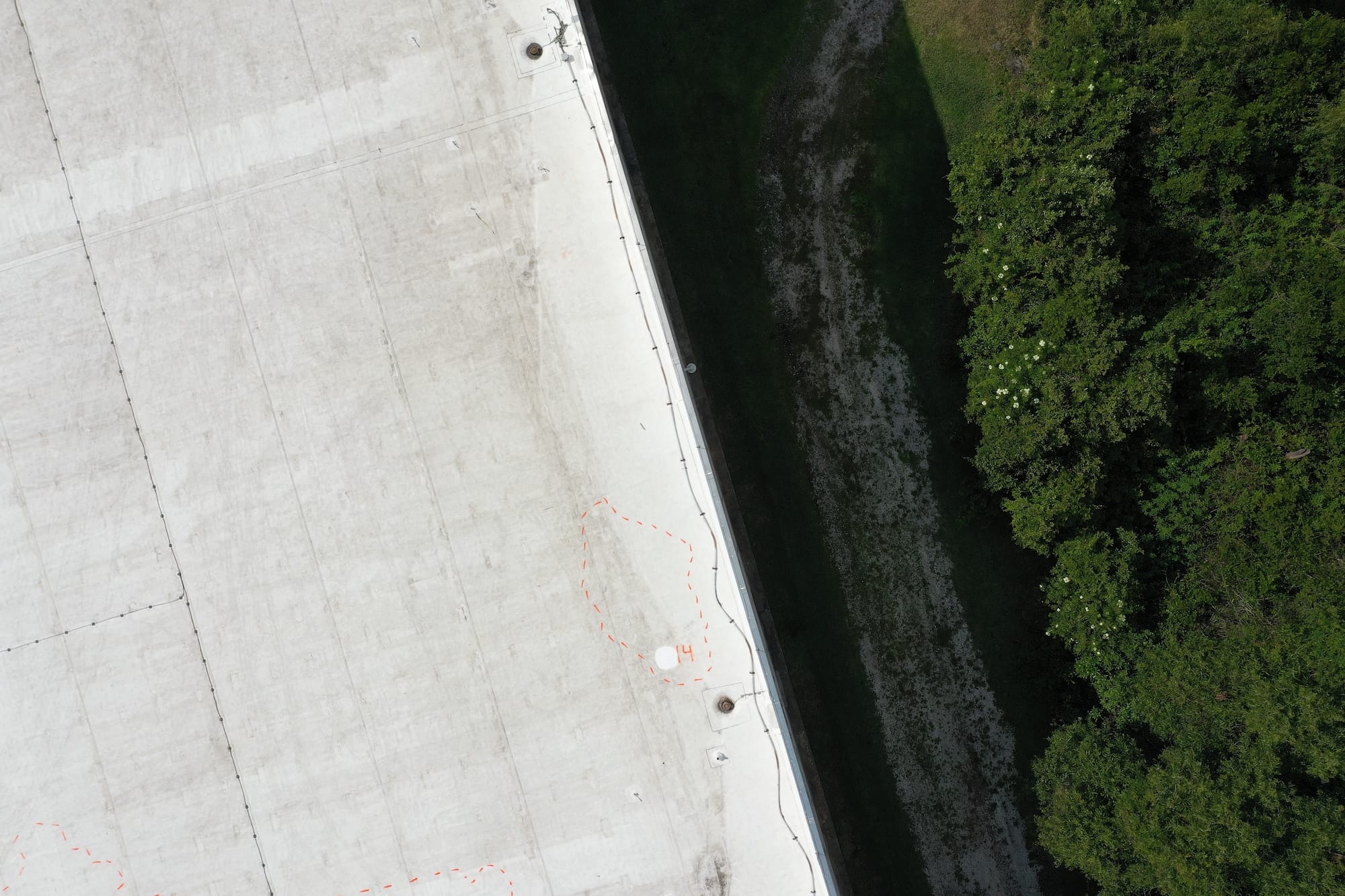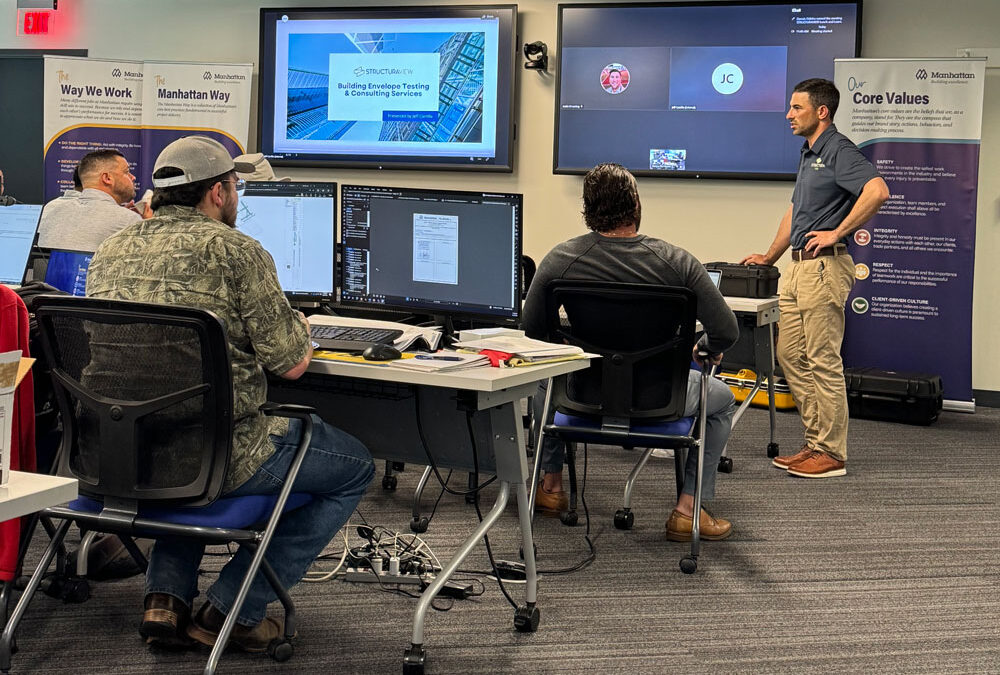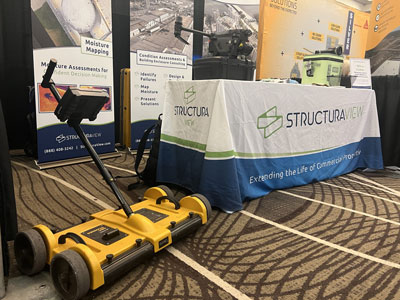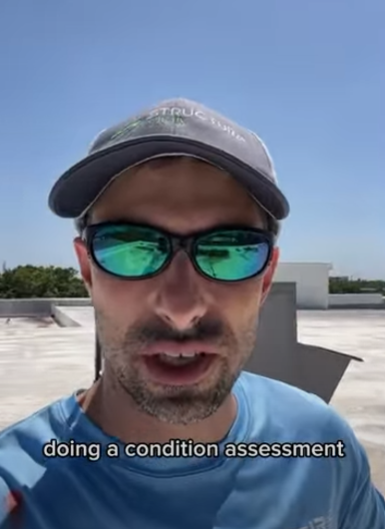There are a lot of aged, battered and beaten old Modified Bitumen and Built-Up Gravel, Thermoplastic Polyolefin (TPO), PVC, Ethylene Propylene Diene Monomer (EPDM) low sloped and flat roofs out there today. Property owners and managers constantly deal with maintenance concerns and they want long term solutions at affordable price points. This is usually when a trusted roofing contractor or roof consultant gets a phone call.
While considering a full replacement might be the best long term solution, it is not always the most affordable or cost effective. Alternative solutions include continuing to spot repair the roof as problems continue to arise, consider installing a second roof over the original structure or install a roof coating over the existing roof.
Standard Manufacturers’ Warranties
There are various types of roof warranties on the market. In this write up, we are covering manufacturer warranties specifically. Most manufacturer warranties strictly cover defective materials. Different manufacturers will cover the material and labor to replace that defective material for a certain period of time while others will only cover the cost to replace the material, leaving the owner responsible for labor costs. The defects are strictly manufacturer defects and WILL NOT cover workmanship or weather related failures.
Some manufacturers tier their contractors in to categories based on their experience and reputation with certain materials. If you work with a contractor that is in the higher class for the manufacturer, the manufacturer is much more comfortable with warranting the material and workmanship for a certain period of time.
Warranty terms, depending on the manufacturer, are available up to 20 or even 25 years.
Roof Over | Roof Coating Manufacturer Warranty Requirements
The most common solutions property owners want to pursue are to have a roof over or roof coating installed once the roof is determined to no longer be serviceable. These can often be the most affordable solution to solve problematic roof issues long term, but may not always hold true. If you want a warranty, its not as easy as just having it installed. Most reputable roof manufacturers like Sherwin Williams, GAF, Tropical Roof Products, Soprema, Siplast, Sika, Polyglass and many more require proof that the roof structure is dry before installing a roof coating or second roof over it to provide a material warranty. If wet insulation is present, then it must be removed before the new coating or roof can be installed to get the full roof warranty available by the manufacturer.
The contractor installing the materials must be certified by the manufacturer. This requires training, having roof coating experienced, be licensed and insured. Once the applicator is approved by the manufacturer to install there products on roofs, the roof is proven to be dry, and the product has been installed properly, the carrier will issue a warranty to the owner.
Why Manufacturer Dry Roof Requirements Exist
First off, if there is moisture present in the existing roof structure, it could cause complications in the material properly adhering to the existing structure. Second, the manufacturers want to ensure the roof is dry because they would otherwise assume a lot of liability in warranting a roof that further traps moisture. When problems arise down the road, if there is not prior evidence that shows the roof is dry before the new material goes on, the liability is likely to fall on the manufacturers shoulders. Thus, the requirement from the manufacturer to perform a moisture survey prior to installation is born.



